Separating waste into different types helps to reuse some materials and allows us to make our planet a better place to live. People in Finland and Nordic countries mostly take this question very seriously and recycle items properly. Here, we will tell you how to sort your waste in Finland and why this is important.
Biowaste

Biowaste is processed into compost. Some municipalities first extract biogas from biowaste and convert it into heat and electricity. Remember to trash your biowaste with a suitable bag, and don’t use plastic to pack for recycling your organic leftovers! Don’t recycle metals, glass, and chemicals with bio. Cat litter also does not fit this category due to the unsuitable formula of litter sand (if not specified separately).
Paper

Recycled paper is used to make newspapers or toilet paper. Finland is one of the world’s most effective producers of paper recyclers! Newspapers, magazines, advertisement flyers, and envelopes can be recycled with paper containers. Remember that wet or very dirty paper, entire books, gift wrapping paper, cartons, and cardboard can’t go into paper containers! Don’t use plastic bags to pack your paper leftovers for recycling.
Carton

Recyclable cardboard boxes must be cleaned, flattened, and packed inside each other. Recycled cardboard is used to make kitchen paper rolls, for example. The aluminum in carton packages is also recycled. You can put milk and juice cartons, cardboard, paper bags, and other carton packages into carton containers. Don’t use plastic bags to pack your carton leftovers for recycling. Please remove from carton boxes sticky tape before recycling.
Glass

Glass to be recycled must be empty and clean. The glass can be clear or colored. Remove caps and lids. There is no need to remove the labels.
Recycled glass is used to make new glass packaging, such as jam jars and glass bottles. It can also be used to make building materials, such as glass wool and foam glass. Glassware, mirrors, and porcelain can’t be recycled in glass containers.
Metals

Different metals are machine-sorted and used as material for new products.
Metallic packaging must be empty and clean. Cans and cans should be flattened or stacked inside each other to save space.
Plastic

Rinse and dry the plastic packaging. The packages can be packed, for example, in a plastic bag and placed in the bag for plastic recycling. Recycling plastic as a material is of paramount importance. Recycled plastic can be used to replace raw materials that are made from oil in the plastics industry. Recycling plastic also significantly reduces the amount of mixed waste.
Empty plastic food containers, detergent and shampoo containers, plastic bottles, plastic bags, pouches, and wrappers can be put into plastic recycling containers. Finished plastic products such as plates, sticks, or toys, packaging with hazardous waste residues such as paint or chemicals, toothbrushes, and watering cans can’t be recycled in plastic waste containers.
Mixed waste

All waste that you cannot or do not want to sort is going to the mixed waste. Except for hazardous waste! Mixed waste is usually burned in a waste-to-energy plant. In other words, it is turned into heat and electricity. Avoid bio and other wet waste in mixed containers. Also, don’t trash very big metal objects to that!
Hazardous waste

Hazardous waste includes materials and items removed from use, posing a threat to or harming people’s health or the environment. It is very important that hazardous waste not be sorted into mixed waste or poured down the drain but delivered instead to their respective separate waste collection.
Batteries

As a rule, you can recycle batteries and accumulators at stores selling them and regional collection points. Tape the terminals of batteries and accumulators. Reduce the fire risk by covering the terminals of discarded batteries and accumulators with tape. Place leaking batteries and accumulators in a bag.
Electrical equipment and electronics

The collection and utilization of electric and electronic equipment are based on producer responsibility. Residents can deliver all waste electric and electronic equipment to the nationwide network of WEEE collection points. The collection is free of charge.
Small electric and electronic equipment and energy-saving light bulbs can be delivered to larger stores, for example, Prisma Lappeenranta.
Bottles and cans

You should return empty beverage bottles and aluminum cans to the grocery store’s bottle return machine. You will get money for most bottles and cans. Return bottles with the cap on. The bottles and the metal of beverage cans can be reused. In Finland, people return over 90% of beverage packages.
